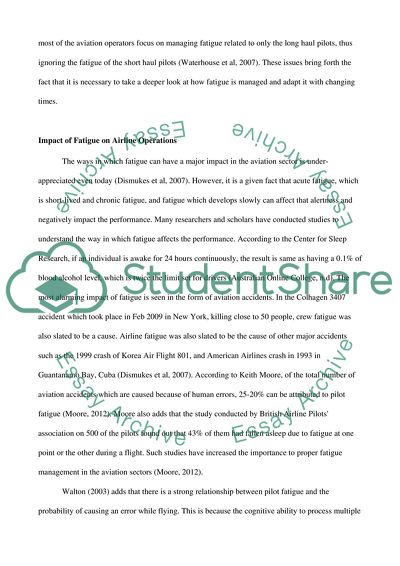Cite this document
(Fatigue in the Aviation Sector Research Paper Example | Topics and Well Written Essays - 2000 words, n.d.)
Fatigue in the Aviation Sector Research Paper Example | Topics and Well Written Essays - 2000 words. Retrieved from https://studentshare.org/social-science/1795531-writing-about-fatigue-in-aviation
Fatigue in the Aviation Sector Research Paper Example | Topics and Well Written Essays - 2000 words. Retrieved from https://studentshare.org/social-science/1795531-writing-about-fatigue-in-aviation
(Fatigue in the Aviation Sector Research Paper Example | Topics and Well Written Essays - 2000 Words)
Fatigue in the Aviation Sector Research Paper Example | Topics and Well Written Essays - 2000 Words. https://studentshare.org/social-science/1795531-writing-about-fatigue-in-aviation.
Fatigue in the Aviation Sector Research Paper Example | Topics and Well Written Essays - 2000 Words. https://studentshare.org/social-science/1795531-writing-about-fatigue-in-aviation.
“Fatigue in the Aviation Sector Research Paper Example | Topics and Well Written Essays - 2000 Words”, n.d. https://studentshare.org/social-science/1795531-writing-about-fatigue-in-aviation.


